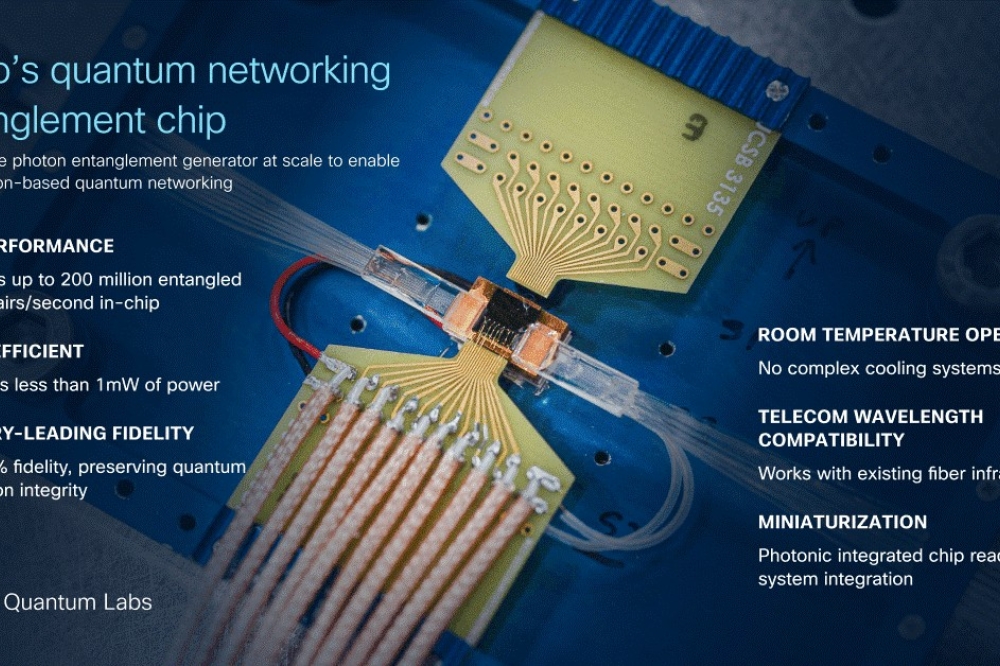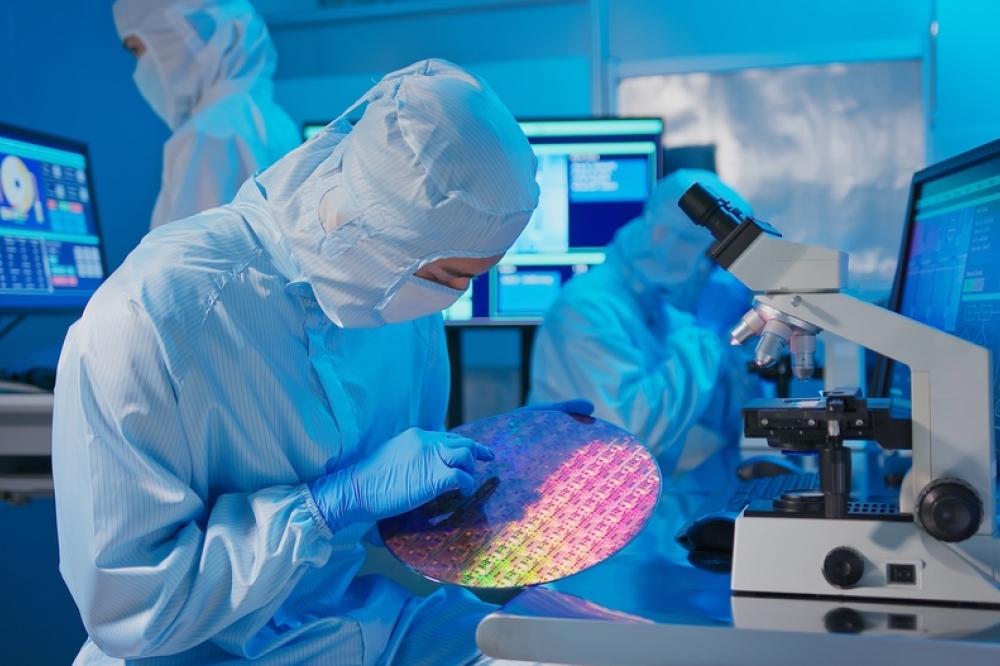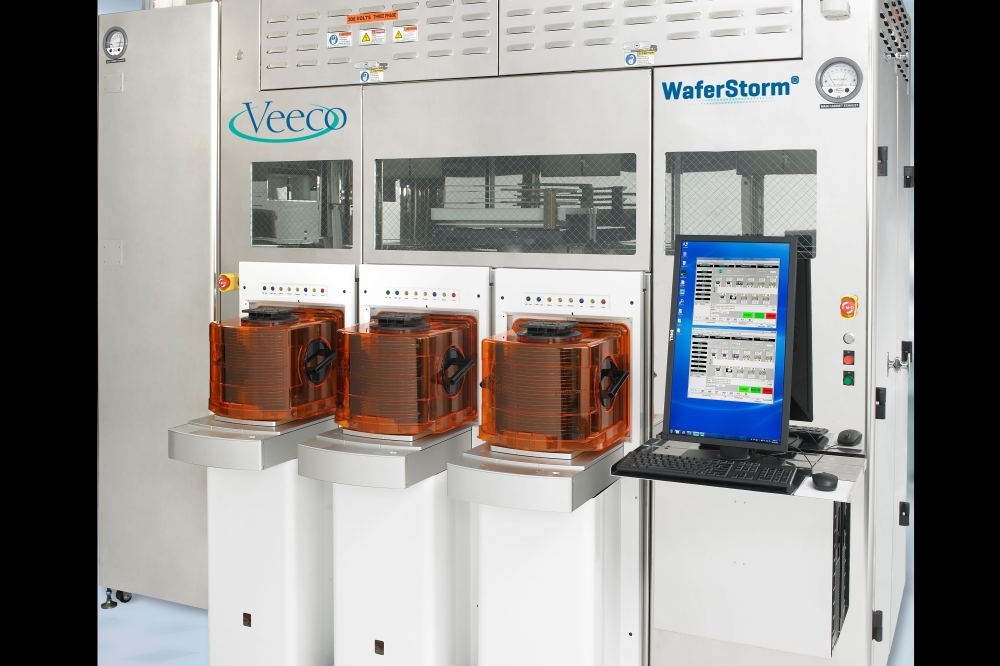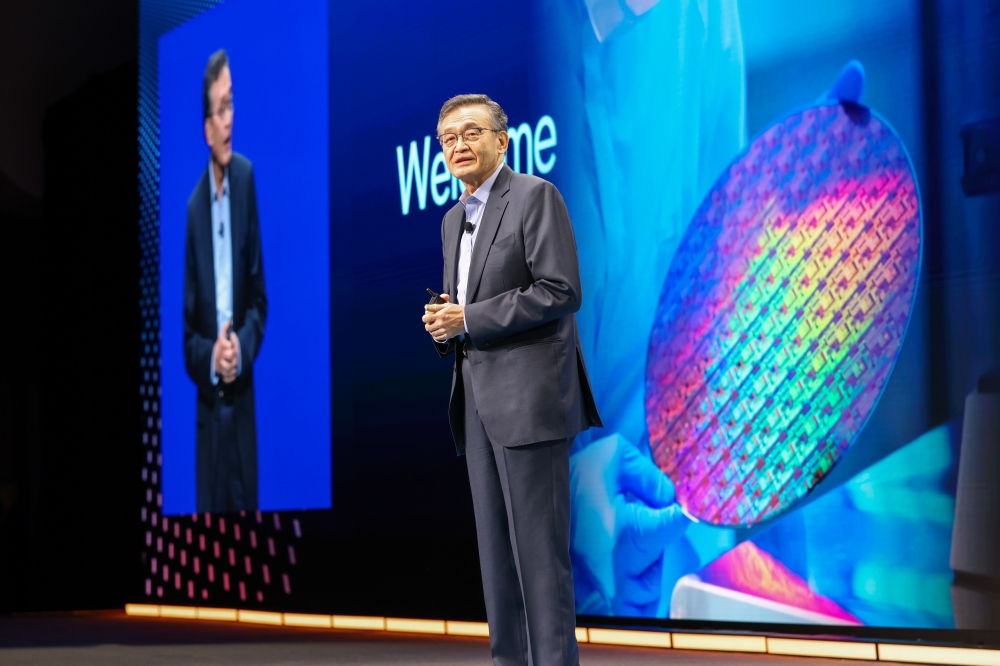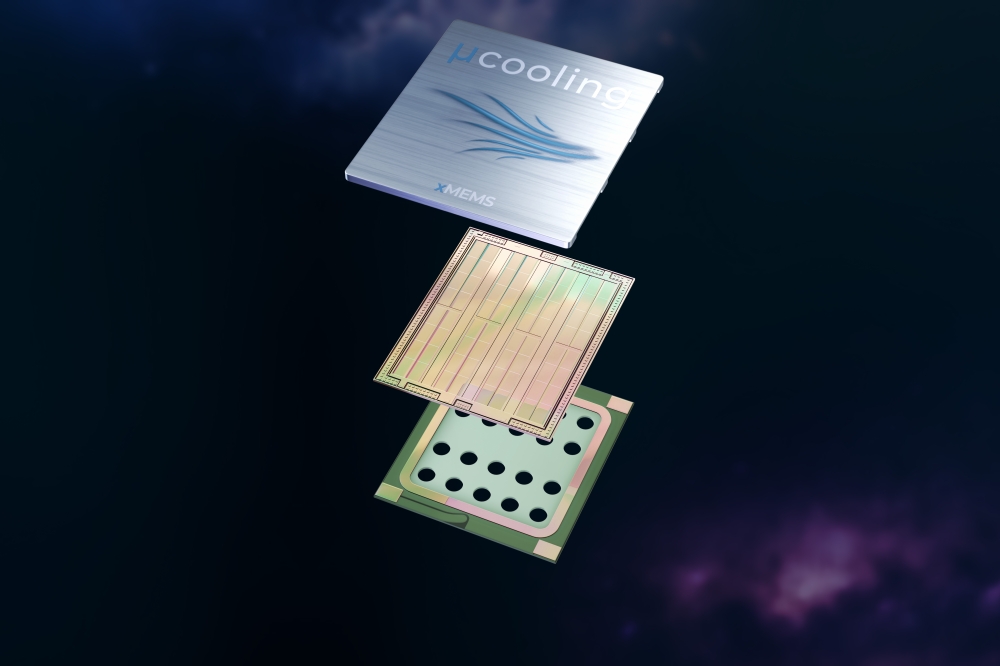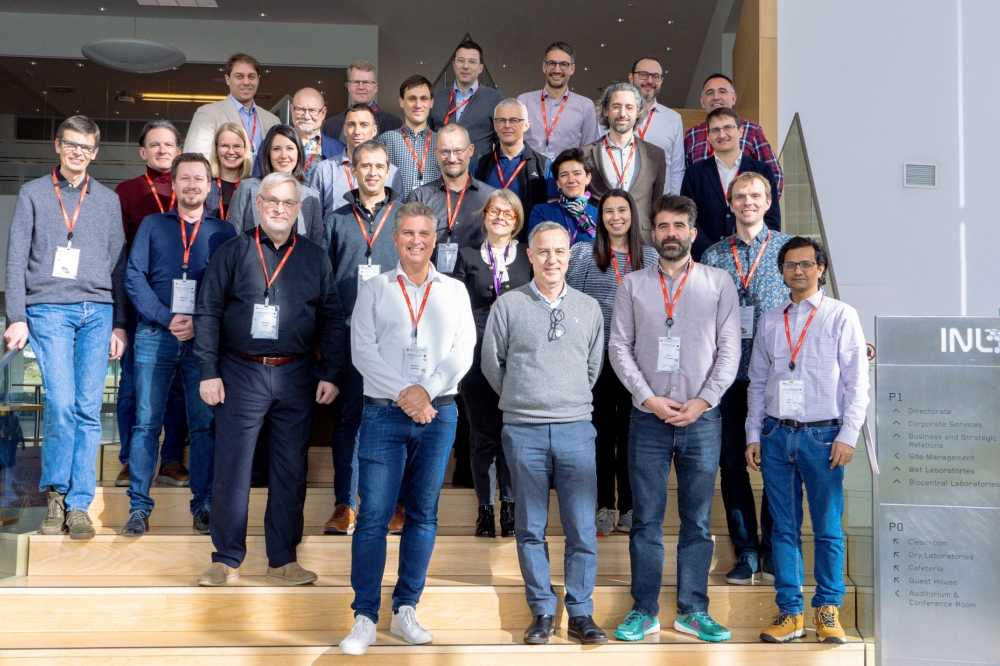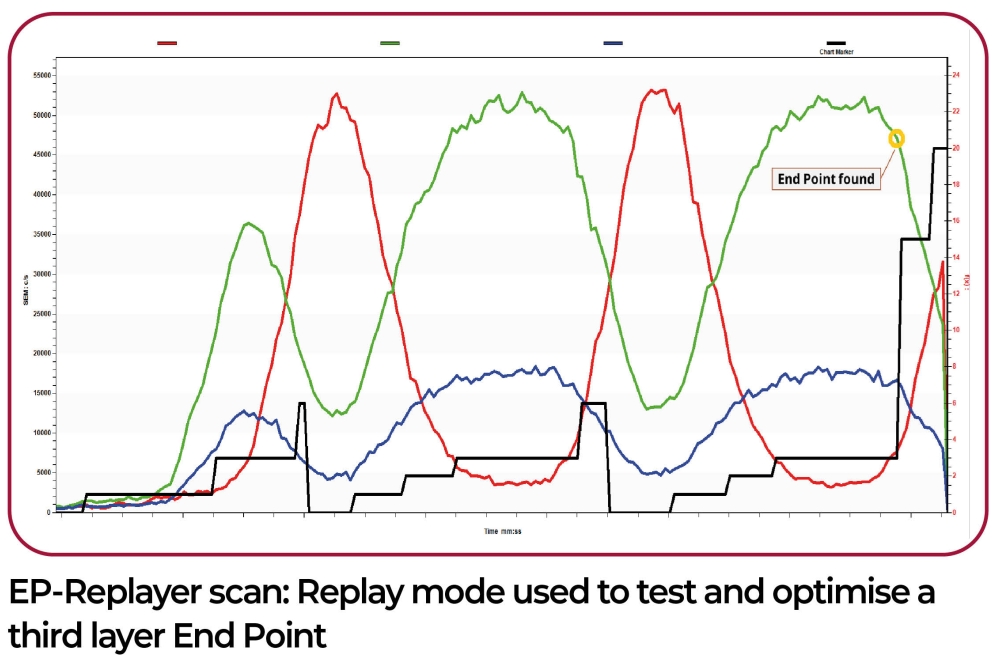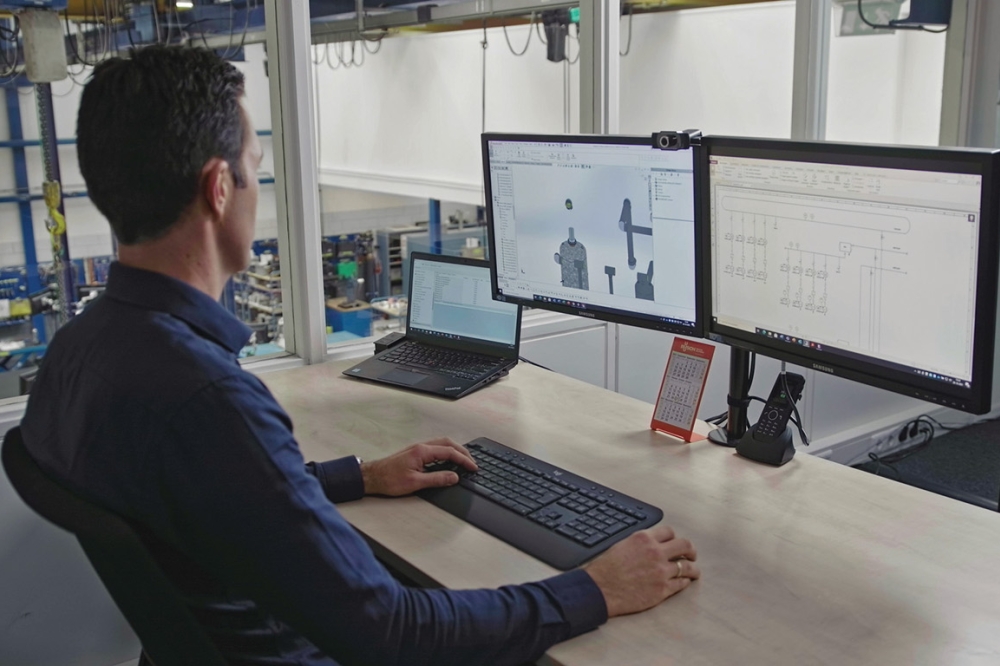Microchips: EU off the pace in a global race

The target of 20 % global market share by 2030 appears out of reach.
It is very unlikely that the EU will meet its target of a 20 % share of the global market for microchips by 2030, according to a new report by the European Court of Auditors. While the 2022 EU Chips Act has brought new momentum to the European microchip sector, the investments driven by it are unlikely to significantly enhance the EU’s position in the field.
Microchips play a vital role in modern life, and the global shortage of microchips during the COVID-19 pandemic highlighted their critical importance to the economy. The EU’s Digital Decade strategy set a target for the Union to gain a 20 % share of global production value in cutting‑edge and sustainable microchips by 2030. The European Commission has made reasonable progress on implementing its strategy, but the auditors found that there is a gap to bridge between ambition and reality.
“The EU urgently needs a reality check in its strategy for the microchips sector”, said Annemie Turtelboom, the ECA Member in charge of the audit. “This is a fast-moving field, with intense geopolitical competition, and we are currently far off the pace needed to meet our ambitions. The 20 % target was essentially aspirational – meeting it would require us to approximately quadruple our production capacity by 2030, but we are nowhere close to that with our current rate of progress. Europe needs to compete – and the European Commission should reassess its long-term strategy to match the reality on the ground”.
The Commission is responsible for only 5 % (€4.5 billion) of the €86 billion in estimated funding for the Chips Act up to 2030. The remainder is expected to come from member states and industry. For comparison, the top global manufacturers budgeted €405 billion in investment over just a three-year period, from 2020 to 2023, which dwarves the financial firepower of the Chips Act.
Nevertheless, as the auditors point out, the Commission has no mandate to coordinate national investments at EU level to ensure they align with the Act’s objectives. In addition, the Chips Act lacks clarity in its targets and monitoring, and it is difficult to know whether it takes proper account of the industry’s current levels of demand for mainstream microchips.
Several other key factors affect the EU’s competitiveness in the field, and the chances for successful implementation of the Chips Act. These include dependency on imports of raw materials, high energy costs, environmental concerns, geopolitical tensions and export controls, and a shortage of skilled workers. Furthermore, the EU microchip industry consists of a few large enterprises focused on high-value projects, meaning that funding is concentrated. The cancellation, delay or failure of a single project can therefore have a significant impact on the whole sector.
Overall, the auditors found that the Chips Act is highly unlikely to significantly increase the EU’s share of the microchips market, or to meet the objective of 20 % of global output. Indeed, the European Commission’s own forecast, published in July 2024, predicts that despite a significant expected increase in manufacturing capacity, the EU’s overall share of the global value chain in a fast growing market would increase only slightly, from 9.8 % in 2022 to just 11.7 % by 2030.





